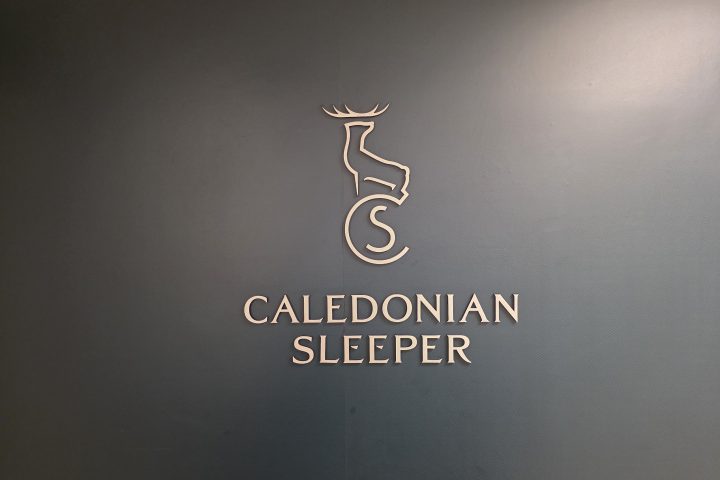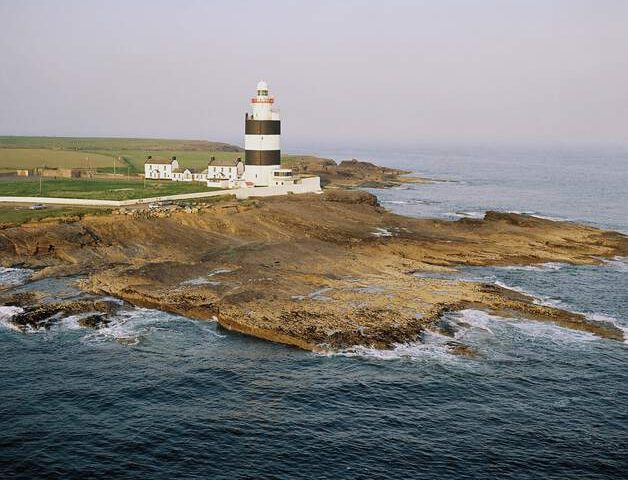
A lot of people are shocked when they discover that Scotland has over 900 offshore islands. Each of the islands are found in four main groups: Shetland, Orkney, the Inner Hebrides and the Outer Hebrides. Each island boasts a unique character, yet they are all equally as breathtaking. Find out all about the main Scottish islands below.

Shetland
The Shetland Islands are located 130 miles north of the Scottish mainland and 190 miles west of Norway, making it the UK’s most northerly point. Around 100 islands fall under Shetland, with fewer than 20 of them inhabited. The three most populated islands of Shetland are Lerwick, the capital of the islands, Yell and
Lerwick
Lerwick is not only the capital of Shetland but it is Shetland’s only town. It has a population of around 7,500. Here acts as the commercial and industrial centre of the islands. Although small, it’s a great cultural and sociable area too, with a leisure centre and a museum.
Scalloway
Also known as the ‘Ancient Capital’, Scalloway was Shetland’s capital until the 18th century. Scalloway lies around six miles west of Lerwick and is a picturesque fishing port. Although Scalloway has a popular of less than 1000, it’s actually the largest of the Shetland islands. The ruins of Scalloway Castle is one of the island’s main features. One of only two castles to be constructed in Shetland.
Yell
Encompassed by the waves and tides of the Atlantic, Yell is Shetland’s second largest island. This island is a complete haven for birdwatchers and is one of the best places in Europe to see skuas and otters. During the summer seasons the island is alive with breeding birds like whimbrel and golden plover. Whales and dolphins often like to make an appearance here too.
Orkney
With UNESCO World Heritage Sites, white sandy beaches, and amazing wildlife, the Orkney Islands make an extremely popular holiday destination. There about 70 Orkney Islands, 20 of which are inhabited. Many travellers like to visit the Orkney Islands during Autumn and Winter for a greater chance of spotting the Northern Lights. Some of Orkney’s largest or most popular islands include Kirkwall, Hoy and Eday.
Kirkwall (Mainland)
Kirkwall is Orkney’s vibrant capital located on the mainland and home to around 9000 people. Norse adventurers founded the settlement 1000 years ago. Orkney has always been known as an ancient Norse town as a result. There are lots of hotels and restaurants in Kirkwall. The town is also a transport hub for bus routes across mainland Orkney and the port for ferries to Aberdeen, Shetland and the North Isles.
Hoy
Hoy is Orkney’s second largest island after the mainland. It’s thought that the Vikings named Hoy ‘High Island’ as Orkney’s highest peak. Ward Hill stands at 1,570 feet on the island. The highest perpendicular cliff in Britain can also be found here. One of the island’s most famous features has got to be Old Man of Hoy, one of the tallest sea stacks in the British Isles.
Eday
Measuring just eight miles long and home to 150 islanders, Eday is one of Orkney’s smaller isles located at the heart of the outer isles. Eday has a rich archaeological heritage with fascinating insights to the life of its ancestors. Visitors can take part in the Eday Heritage Walk and see remains from the Neolithic Bronze and Iron Age, Pictish and Norse periods. These visits include the infamous Stone of Setter, Orkney’s tallest standing stone at 15-feet.

Inner Hebrides
The Inner Hebrides is made up of 79 islands that stretch along Scotland’s western coast. The three largest islands with the highest populations are Skye, Mull, and Islay. The Inner Hebrides are best reached from Glasgow, via car, ferry or by air depending on which island you are visiting.
Skye
The Isle of Skye is the largest of the major islands in the Inner Hebrides and one of the most popular Scottish islands. This island is home to some of Scotland’s most iconic landscapes and attractions, including Dunvegan Castle, Talisker Distillery and the Fairy Pools, to name a few. The Isle of Skye is connected to the mainland by bridge. Its main town, Portree, can be reached in around 5 hours by hire car or coach from Glasgow
Mull
Mull is the second largest of the islands in the Inner Hebrides and fourth largest of all the Scottish islands. Like Skye, there is much to see and do in Mull. The charming town of Tobermory can be found here, a small town known for its coloured houses and independent businesses. Others visit to island to climb the rocky Ben More, the only island Munro outside Skye. The easiest and most direct route to Mull is by ferry via Oban.
Islay
Located on the ‘whisky coast’ of the west of Scotland, Islay is best known as one of Scotland’s main whisky regions with 9 active distilleries on the island. Aside from whisky, Islay is also known for having a large population of birds, especially with the RSPB Nature Reserve at Gruinart, the largest nature conservation charity in the country. The island is the southernmost of the Inner Hebrides islands. If you’re lucky, you can see Ireland on a clear day!
Outer Hebrides
Also known as The Western Isles, or Na h-Eileanan an Iar in Gaelic, the Outer Hebrides consist of 15 inhabited islands with a total population of 26,830 and more than 50 uninhabited islands. The beaches of the Outer Hebrides are often confused with beaches of the Caribbean, with their powder-white sand and crystal-clear waters. The Isle of Lewis and Harris, Barra and South Uist are three of the main islands of the Outer Hebrides.
Isle of Lewis and Harris
The Isle of Lewis and Harris are often referred to as though they are separate islands, but they in fact make up one island. The northern two-thirds of the island is called Lewis and the southern third Harris. The largest town on the island is Stornoway on the east coast, well known for producing Harris Tweed. The world-famous Calanais Standing Stones can be found on the west coast of Lewis and Harris and not to forget the beautiful Garry Beach to the north.

Barra
Barra is the most southerly of the inhabited islands in the Outer Hebrides and arguably the most beautiful of the Scottish islands. One feature that is completely unique to Barra is its airport, the only airport in the world to use a tidal beach as its runway. Although small, the island has a rich history and community spirit and has previously won the award for Best Island Community, Best Scottish Community and Best UK Community Visitors.
South Uist
Formed from the oldest rocks in Britain, South Uist lies in between Barra and Benbecula and is one of the last remaining strongholds of the Gaelic language in Scotland. The oldest golf course in the Outer Hebrides can be found on the island at Askernish. There are a number of sites of archaeological interests on South Uist such as the only location in the British Isles where prehistoric mummies have been found.
Visit the amazing Scottish islands with Best of Scotland Holidays. We have various Scottish island packages, including Orkney and Shetland Island Hopping, The Inner Hebrides by Public Transport, Shetland Wildlife trail, plus more! You can see a selection of our Scottish island packages here. Please contact us if you require further information.







